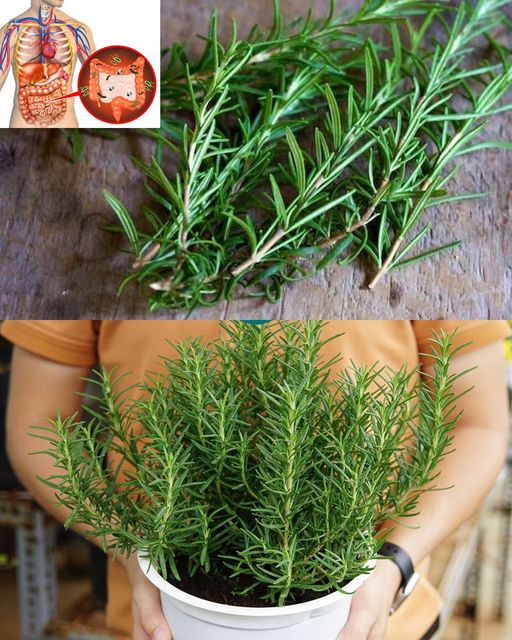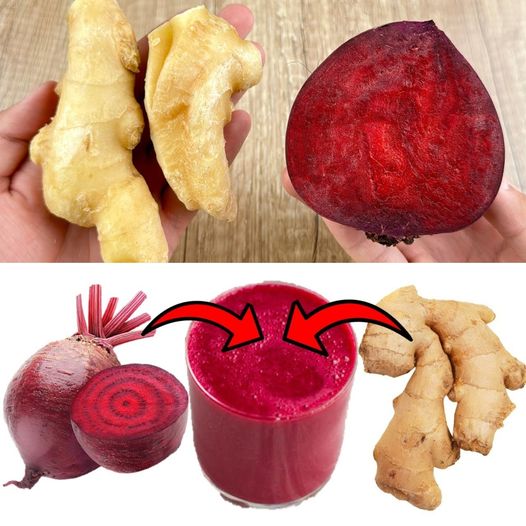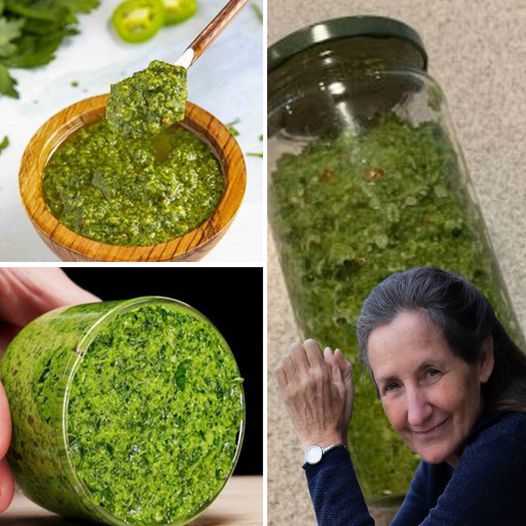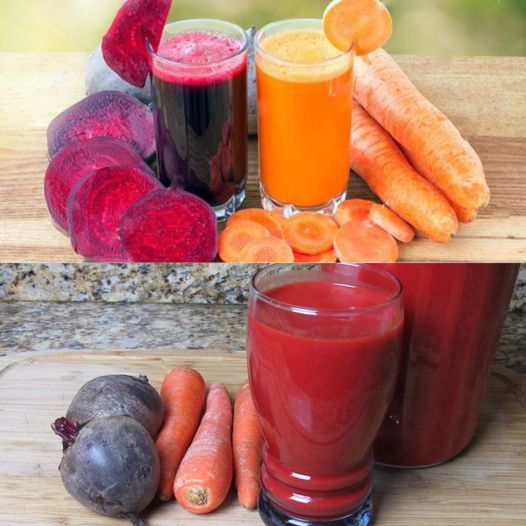Goose grass, also known as cleavers or Galium aparine, is not just a common garden weed; it’s a powerful herbal remedy traditionally used for its medicinal properties. This guide will walk you through how to prepare fresh goose grass tea, celebrated for its lymphatic cleansing and diuretic benefits.
1. Gathering Your Ingredients
Fresh Goose Grass: To prepare your tea, you’ll need a handful of fresh goose grass. This plant is best harvested in the spring when the shoots are young and tender. Ensure that you gather it from areas free from pesticides and other contaminants. For identification tips, visit how to identify goose grass.
2. Preparation of the Herb
Cleaning: Once collected, rinse the goose grass thoroughly under cool, running water to remove any dirt or insects.
Chopping: Although optional, chopping the plant can help increase the surface area, allowing more nutrients to leach into the water during steeping.
3. Brewing the Tea
Boiling Water: For one cup of tea, bring about 250 ml of water to a boil.
Steeping: Add the cleaned (and optionally chopped) goose grass to the boiling water. Reduce the heat and let it simmer for about 10 to 15 minutes. This longer steeping time allows the full extraction of the active compounds.
Straining: After steeping, strain the mixture to remove the plant material, leaving a clear herbal tea.
4. Enhancing Your Tea
Flavor Enhancements: While goose grass tea has a mild, somewhat grassy flavor, you can enhance it with honey, lemon, or mint to suit your taste preferences.
Combination Brews: Consider combining goose grass with other medicinal herbs such as dandelion or nettle to boost its detoxifying effects. Learn more about combining herbs in harnessing the power of goose grass.
5. Health Benefits
Detoxification and Diuresis: Regular consumption of goose grass tea can help promote lymphatic drainage and act as a natural diuretic, aiding in the removal of toxins from the body.
Skin Health: Due to its cleansing properties, drinking goose grass tea may also benefit skin health, potentially alleviating issues like eczema and acne.
6. Consumption Tips
Dosage: To harness its health benefits, you can drink 1-2 cups of goose grass tea daily. However, it’s important to start with a smaller amount to gauge your body’s reaction.
Cautions: While goose grass is generally safe for most people, pregnant and breastfeeding women should consult with a healthcare provider before consuming any new herbal tea.
A Simple, Natural Remedy at Home
Goose grass tea offers a simple yet effective way to tap into the natural healing properties of a common plant. By incorporating this herbal tea into your routine, you can enjoy a range of health benefits in an all-natural, soothing beverage.









